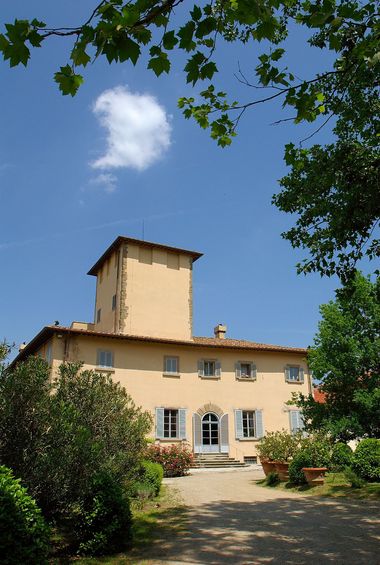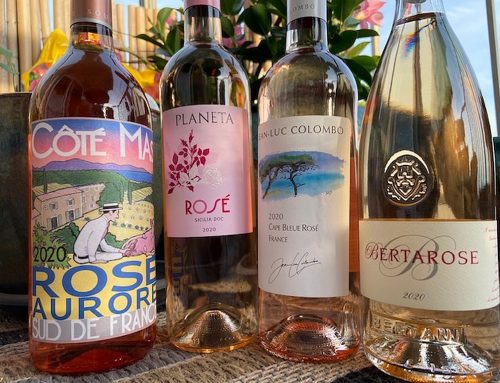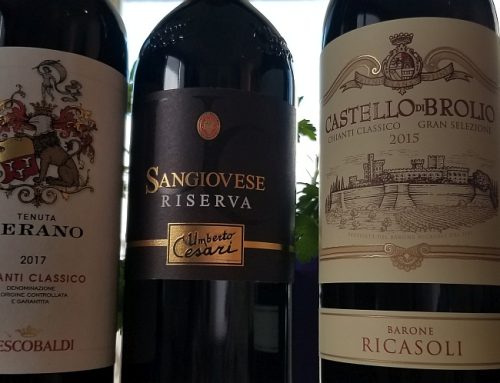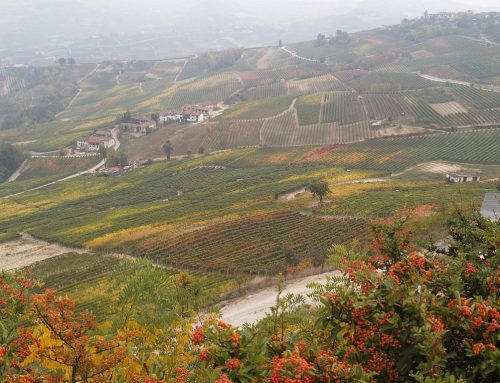Chianti Rufina is an appellation that can confuse American wine consumers, but the wines of Fattoria Selvapiana will make you appreciated it.
Chianti is one of the most well-known wine names in the world. Yet, few wine consumers know that it consists of seven sub-zones, the most popular being Chianti Classico. One of the others is Chianti Rufina, which is an area northeast of Florence, yet Rufina is easily confused with the familiar Chianti Classico winery, Rufino.
Chianti Rufina is more inland than the other sub-zones and it is cooler. Its location made it a perfect summer get-a-way for the wealthy and privileged of Florence. Before Michele Giuntini purchased Selvapiana in 1827, it was the summer residence for the Florentine bishops and then Florentine merchant families.
Selvapiana is a historic property whose towers are from the Middle Ages. At nearly 600 acres, just over 100 acres are devoted to vineyards, and about 75 acres to olive trees. It is owned by 80-year old Francesco Giuntini Antinori (who is a first cousin of Piero Antinori, the world-famous Chianti Classico producer) and managed by Federico Giuntini Masseti and his sister Silvia, the sixth generation of the family.
In January, Giuntini Masseti presented a selection of his Chianti Rufina wines at New York’s Del Posto restaurant beginning with the current 2010 and concluding with its 1978. All the wines were made with one of Italy’s top consulting enologist, Franco Bernabei.
We began with the 2010 Chianti Rufina. This every day wine has what makes Chianti famous: pleasant cherry flavored fruit with good acidity and soft tannins that is immediately enjoyable. It is mostly sangiovese with a small amount of canaiolo that was aged for a year in older barrels. It’s ideal for your barbecued chicken and meat-sauced pasta, and modestly priced at $17.
Our next two glasses contained the 2007 and 2009 Selvapiana Chianti Rufina Riserva Bucerchiale. The Bucerchiale is made only from grapes of older sangiovese vines, aged in a mix of new and older oak barrels for 15 months, then blended and bottled and aged another 10 months before marketing. The 2007 brings scents of cherry, roses and balsamic, and black fruit flavor. Sangiovese’s natural acidity is present along with a touch of alcohol in the finish.
I preferred the balance and ripe black fruit aromas and flavors of the 2009 Selvapiana Chianti Rufina Riserva Bucerchiale. Its richness and softer texture was excellent with Del Posto’s delectable orecchiette with lamb ragu, carrots and toasted rye bread flakes.
The retail for the 2007 Selvapiana Chianti Rufina Riserva Bucerchiale is about $30 and the 2009 around $33.
Normally, I don’t write about older vintages because they are not available, but Selvapiana has released a limited number of bottles of its 1978 Chianti Rufina Riserva. For consumers who drink current vintages, older wines are a different planet. Where the young Selvapiana wines are bright and forward with fruit and acidity, the 1978 is muted. It’s mellow the way most of us get as we age; its pleasure is its gentleness and appreciating its life span. The retail price is about $125.









Leave A Comment